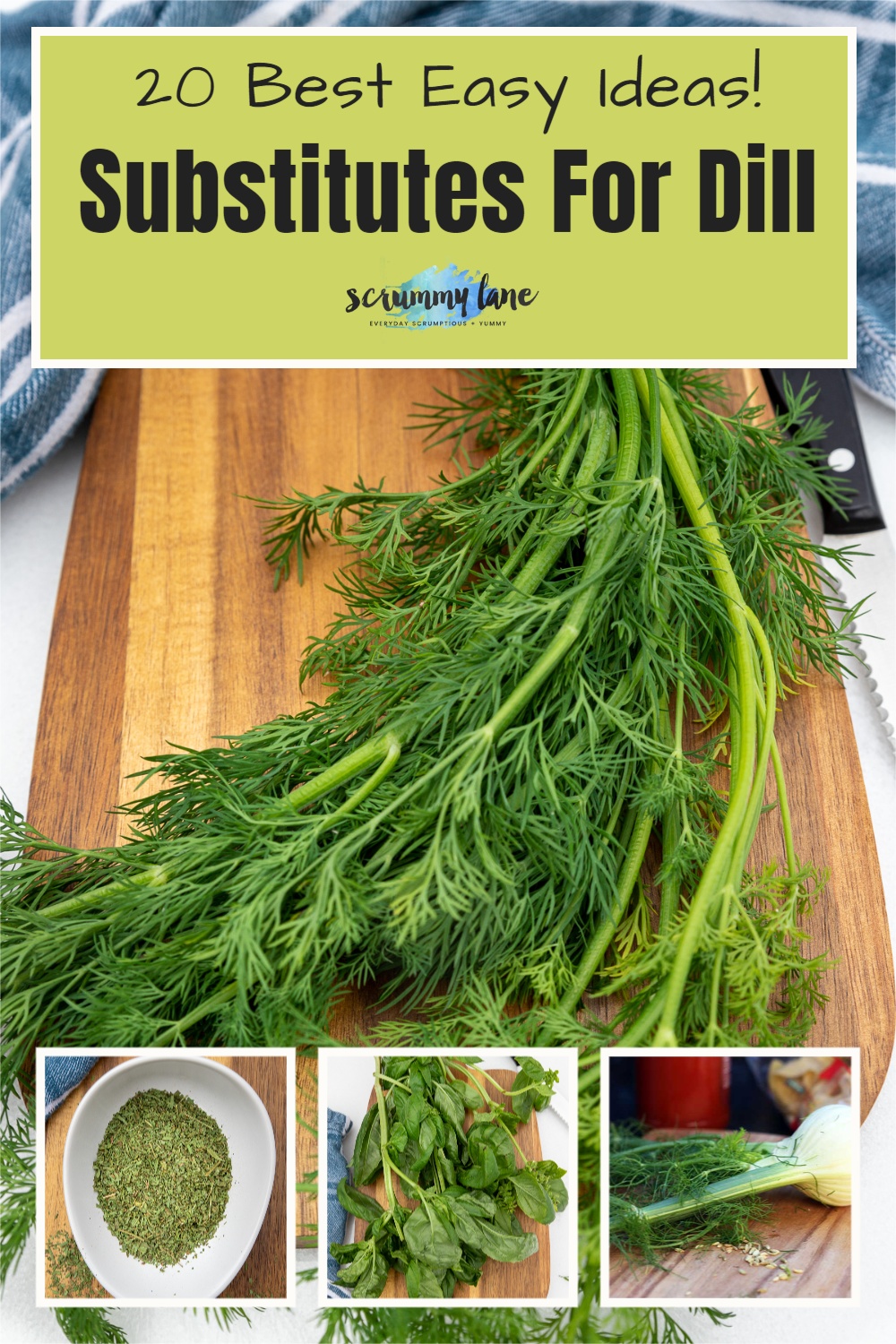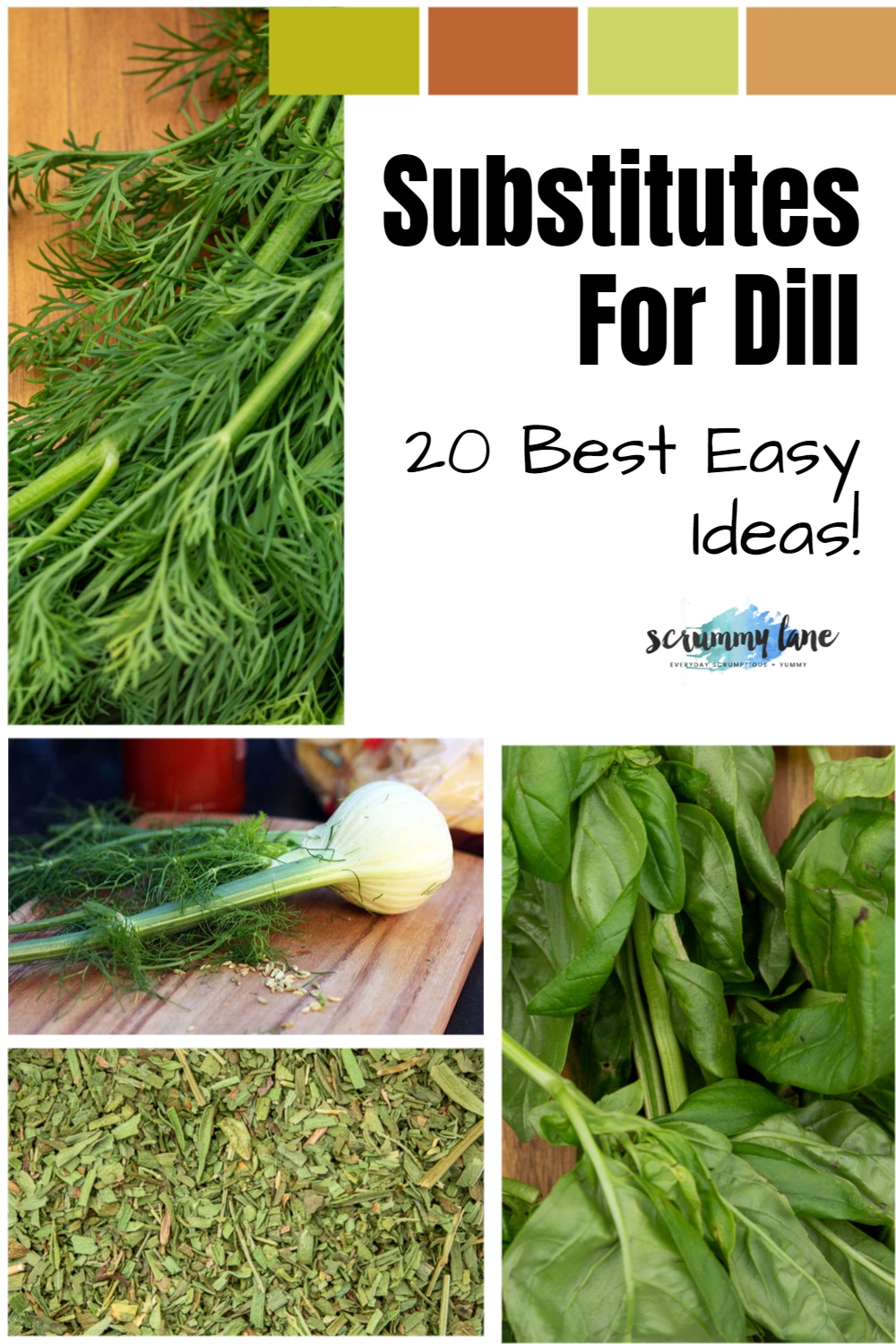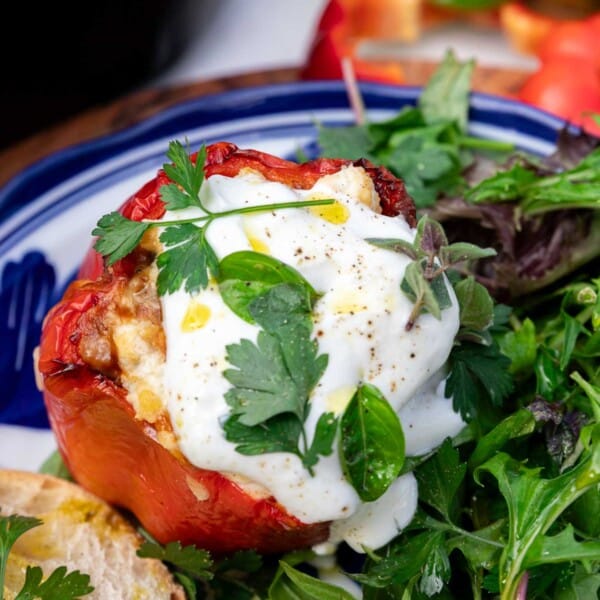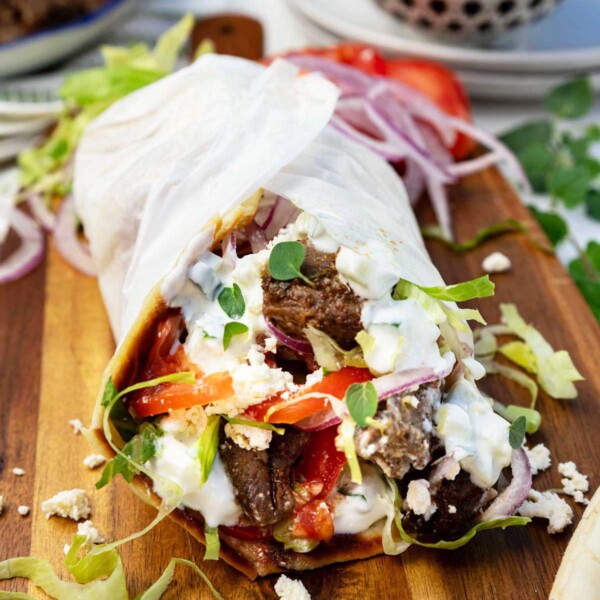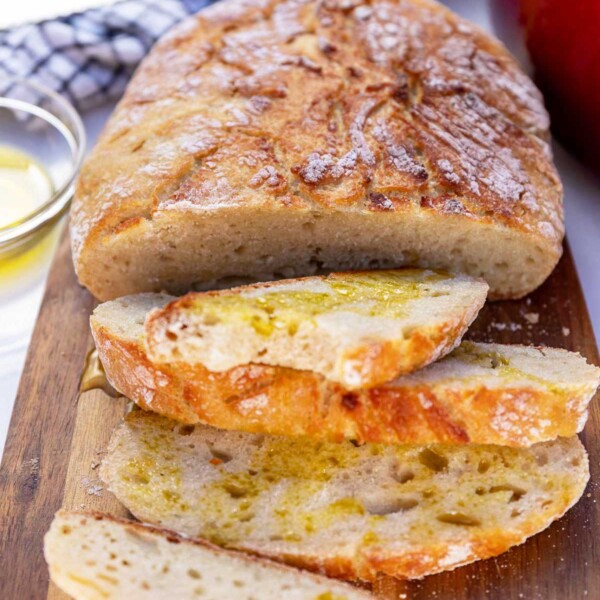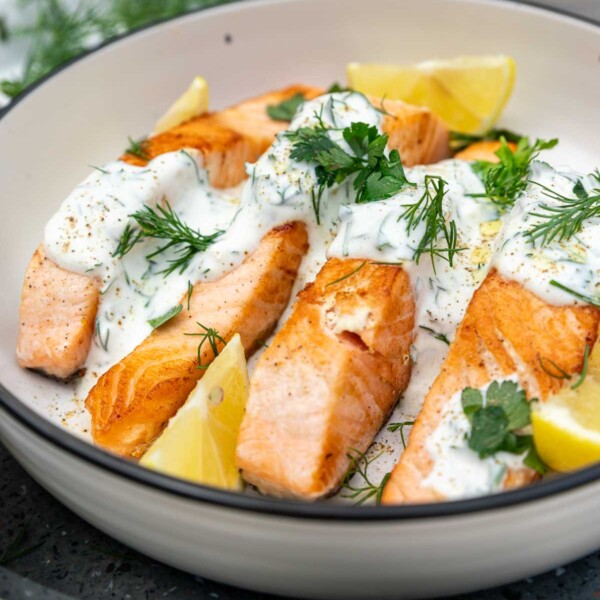Easy Dill Substitutes (20 Best Ideas!)
on Sep 14, 2022, Updated Apr 13, 2023
This post may contain affiliate links. Please read my disclosure for more info.
What do you do if a recipe calls for dill, that wispy Mediterranean herb that tastes a bit like aniseed, but you (or the grocery store!) don’t have any? Or maybe (horror of horrors) you’re not a big fan! Dill is a pretty unique herb, but that doesn’t mean it can’t be substituted.
Here are my 20 best easy ideas for substituting dill!
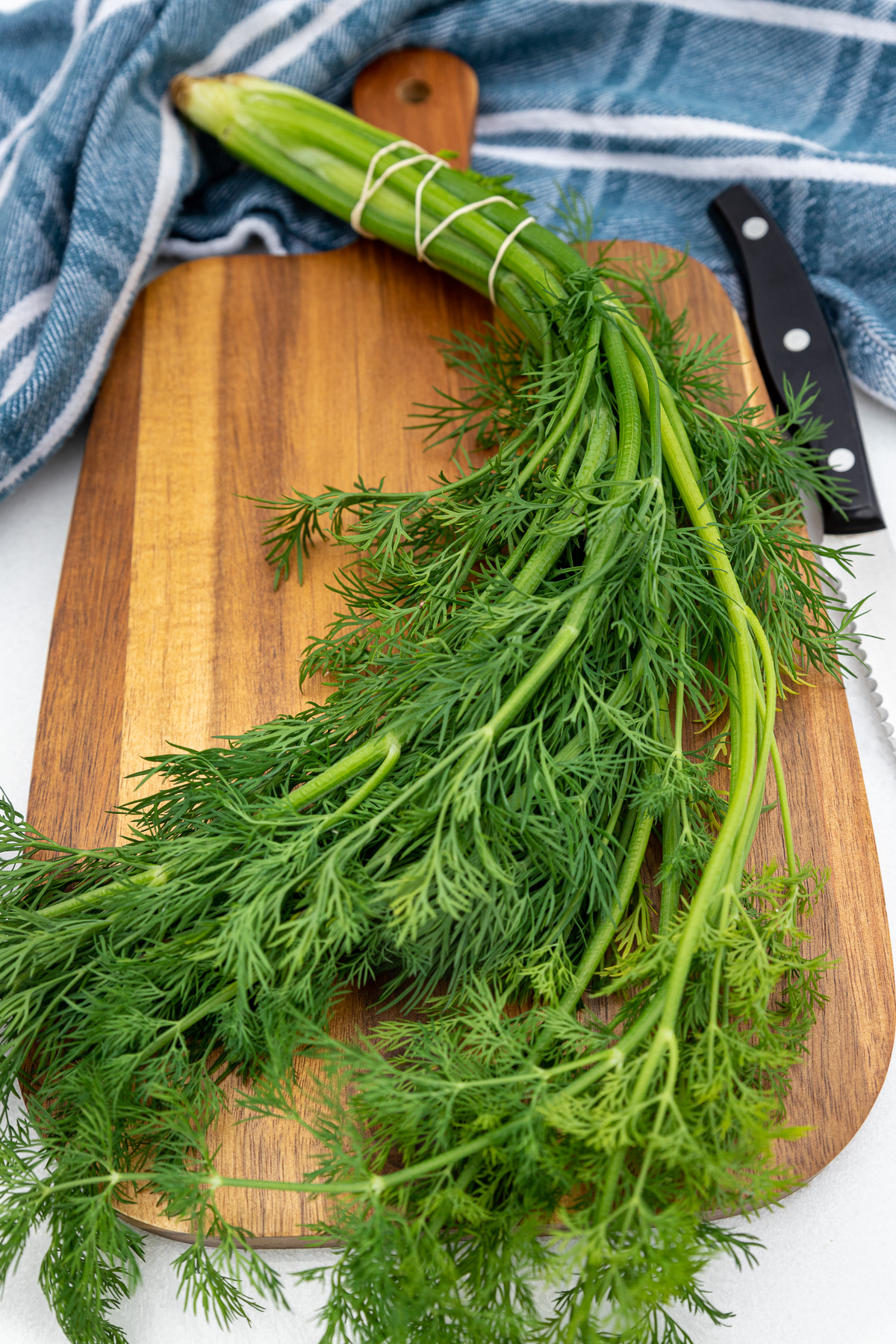
First things first…
What is dill?
Dill – sometimes known as dill weed – is an aromatic herb originally from the Mediterranean region. In the wild, it almost looks like bright green grass with its thin, feathery fronds.
Most people would say that dill tastes like anise (licorice!), with subtle notes of grass and citrus (if you want to get fancy!).
What does it go with? Well, many kinds of foods, from fish dishes, lamb and eggs to dips, sauces, potato salad and breads. It’s especially popular in European, Mediterranean, Middle Eastern and Asian cuisines. You won’t find a Russian borscht soup or Swedish salmon gravlax without dill!
Dill is also a key ingredient in some dishes popular in the USA. Tsatziki sauce, ranch dressing and of course dill pickles come to mind! Since it’s such a delicate, pretty herb, it also makes an awesome garnish for soups, salads, finger foods such as canapés, and even cocktails!
Dill has a strong flavor, so a little goes a long way! It’s also important to remember that since it has a pretty unique flavor, it’s hard to replace. If you can, it’s always best to try to find the real thing.
Fun fact: Did you know that dill is from the same ‘vegetable family’ as celery?
In a pinch, however, here are some of the best dill substitutes to use instead.
Fresh dill vs. dried dill or seeds
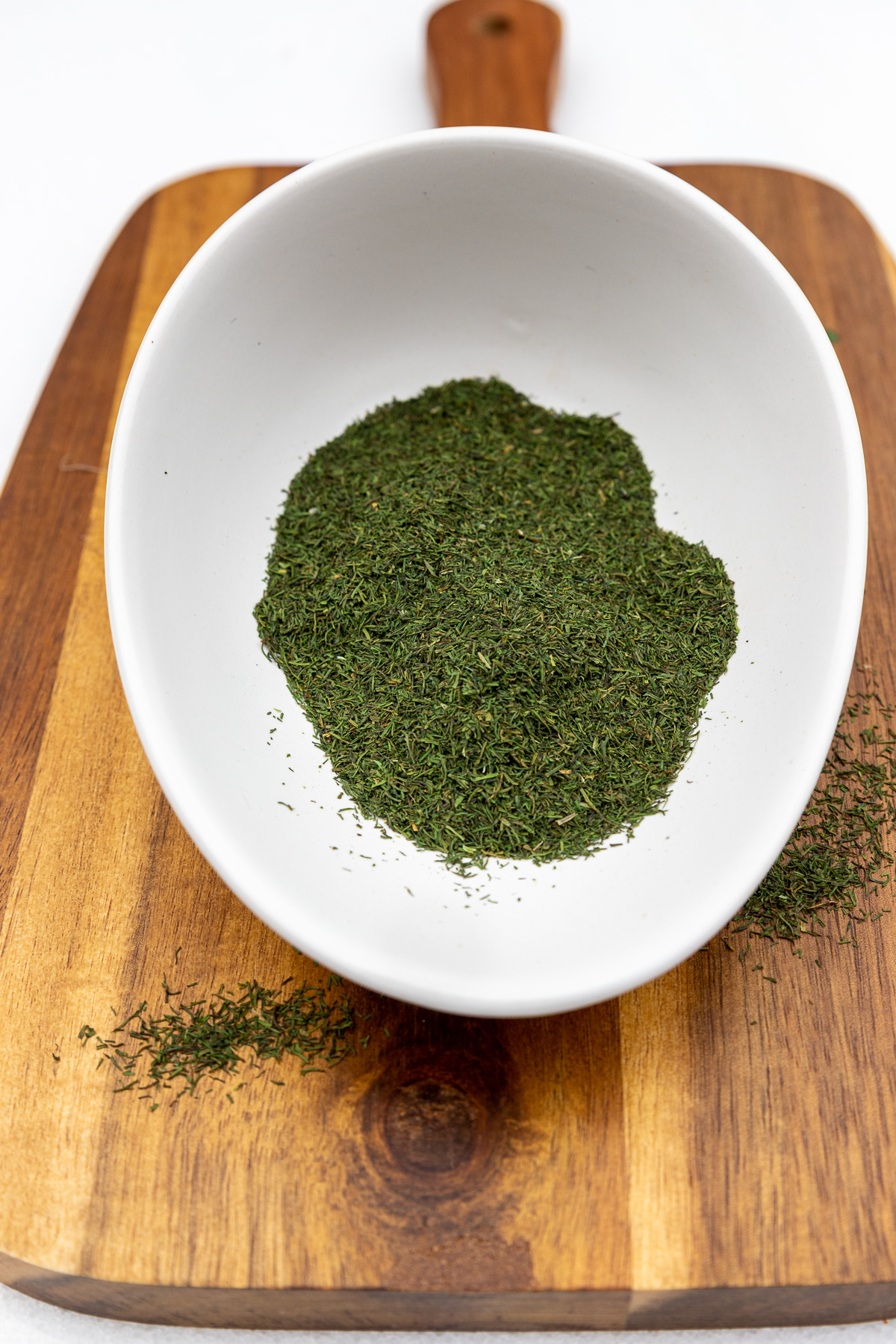
If you don’t have any fresh dill, of course you can use dried dill instead (or vice versa!).
You do need to tweak the quantities, but the formula is easy, and works for any herb:
1 tablespoon fresh dill = 1 teaspoon dried dill
Bear in mind that dried dill won’t have quite as vibrant a flavor as fresh, or the same bright green color. It’ll be fine in cooked dishes or salad dressings and dips when fresh dill isn’t available, but it’s best to use a different dill alternative in dishes where the appearance is important – like a salad or as a garnish on an appetizer (see below for options!).
You can experiment with using a bit more dried dill to get more dill flavor in your recipe.
As for dill seeds, they generally aren’t a good replacement for recipes that call for fresh dill. Dill seeds are more intensely flavored.
It might depend on the recipe, though. You can try substituting dill seeds for fresh or dried dill in hearty dishes such as soups, breads, pickles or sauces, but go easy. Try adding just a pinch and see how you go!
Top tip: Add fresh dill towards the end of cooking to preserve its fresh, delicate flavor. You can add dried dill earlier since it takes longer to release its flavor.
Fennel
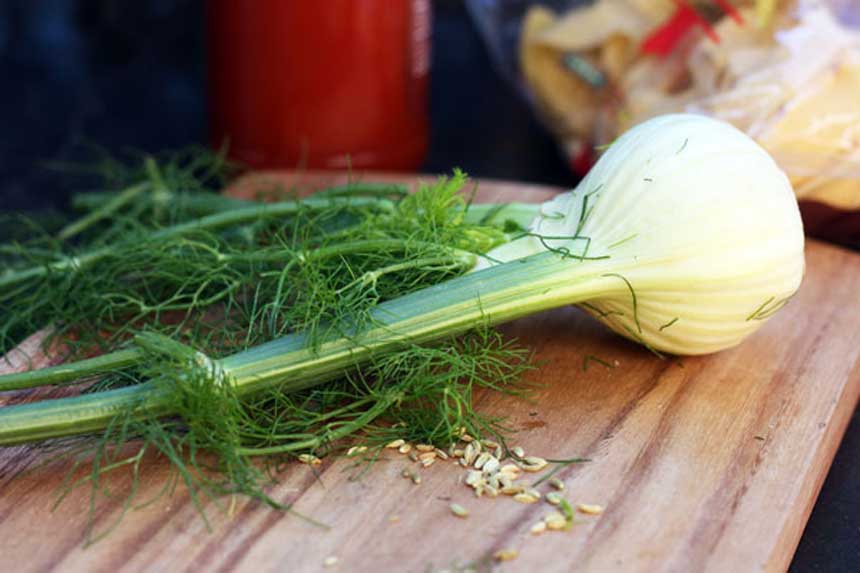
One of the best substitutes for fresh dill is the similar feathery fronds of a fennel stem. Fennel is from the same ‘family’ as dill (the carrot family!). Its wispy leaves look similar, but it is less delicate with a more intense licorice flavor.
Used as a garnish, the feathery fronds of a fennel bulb look very similar to dill.
You can also use fennel seeds instead of fresh dill. I once added a small pinch to tzatziki sauce when I didn’t have any dill. They added a similar aniseed flavor as dill, but they are quite strong and slightly bitter so definitely go easy!
Since fennel is a vegetable and not a herb, you can also try chopping up some of the bulb or stem and add it to cooked dishes instead of fresh or dried dill. Try this 6-ingredient sausage bolognese with fennel – it’s so delicious and easy to make either on the stovetop or in your Instant Pot!
Use fennel fronds as a 1 to 1 substitute for garnishes.
Tarragon
Tarragon could be THE best dill substitute since it has such a similar taste and scent to dill. A top tip is to add tarragon at the beginning of the cooking process as it’s a little more resilient than dill and keeps its flavour as it’s cooked.
Tarragon has a really intense licorice flavour so remember to use it in moderation when you’re substituting it for dill!
Use fresh tarragon as a 1 to 1 substitute for dill.
Dried tarragon works too, but start with just half a teaspoon for every tablespoon of fresh dill that the recipe calls for.
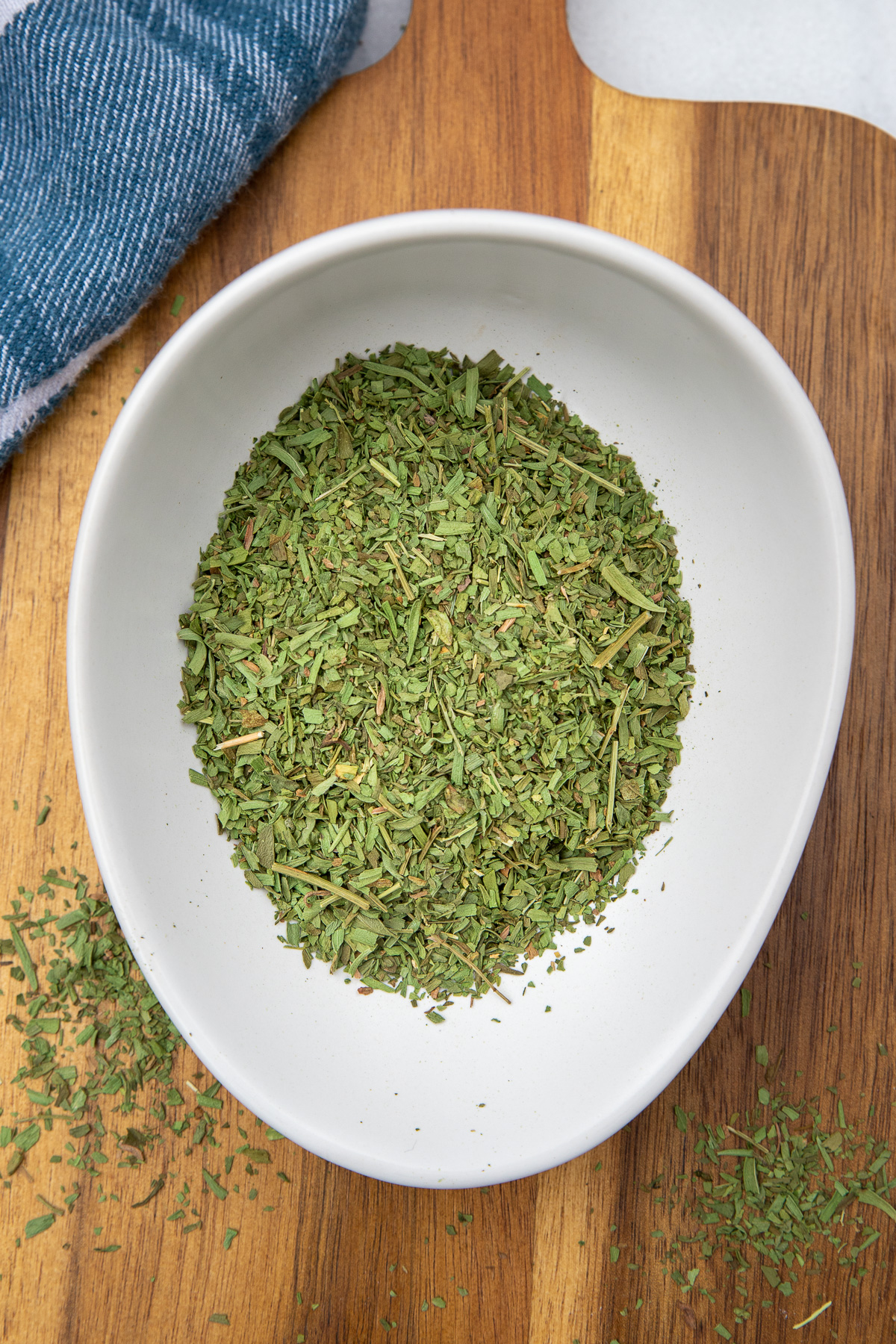
Basil
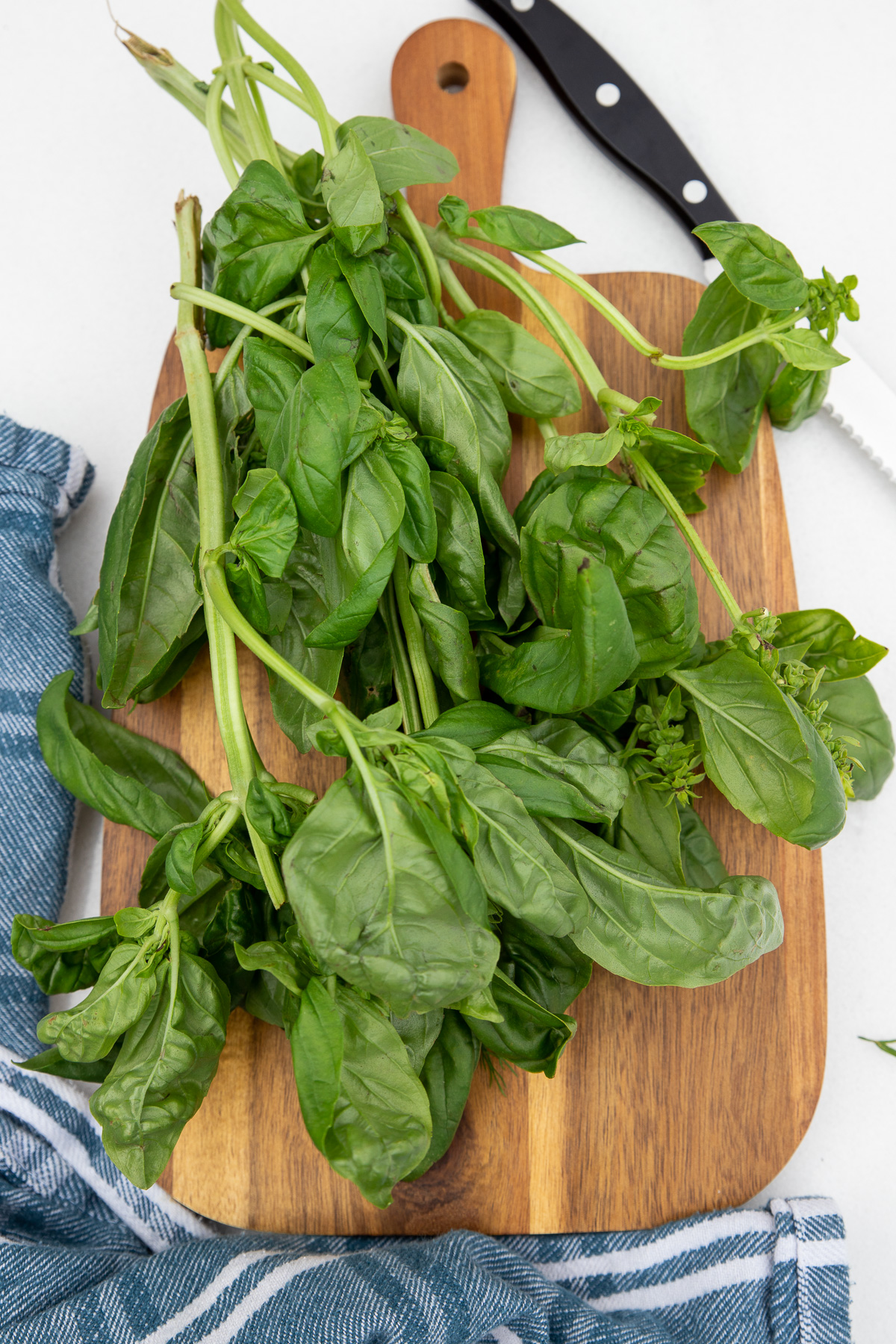
Basil is a popular herb often used in Italian and Asian dishes. It can be a very good dill substitute to flavour meat, or in stews and soups. It tastes a little sweet (like dill), but it’s a great choice for dill haters since it doesn’t really taste too much like dill!
Remember not to store basil in the fridge as it can turn black! Basil is amazing in salad dressings, marinades, pasta, salads and so much more.
Use as a 1 to 1 substitute if using fresh basil. If using dried, start with half this amount and see how you go.
Parsley

Parsley is available all year round, which in itself makes it a great herb for using in place of dill! It has that same fresh green flavor that dill has, but it tastes milder, so it won’t overpower the other ingredients in your dish.
Parsley is also a good choice if you were looking for a garnish for your dish, of course. It pairs particularly well with meat, vegetables, eggs and fish.
Use fresh parsley in a 1:1 substitute for dill.
Chervil
From the parsley family, chervil is another popular herb used a lot in French cookery. Chervil brings out the flavors of other ingredients in a similar way to parsley.
You may recognize a hint of liqorice flavor in chervil, which makes it another really good substitute for fresh dill!
Use fresh chervil in a 1:1 substitute for dill.
Cilantro (Coriander)
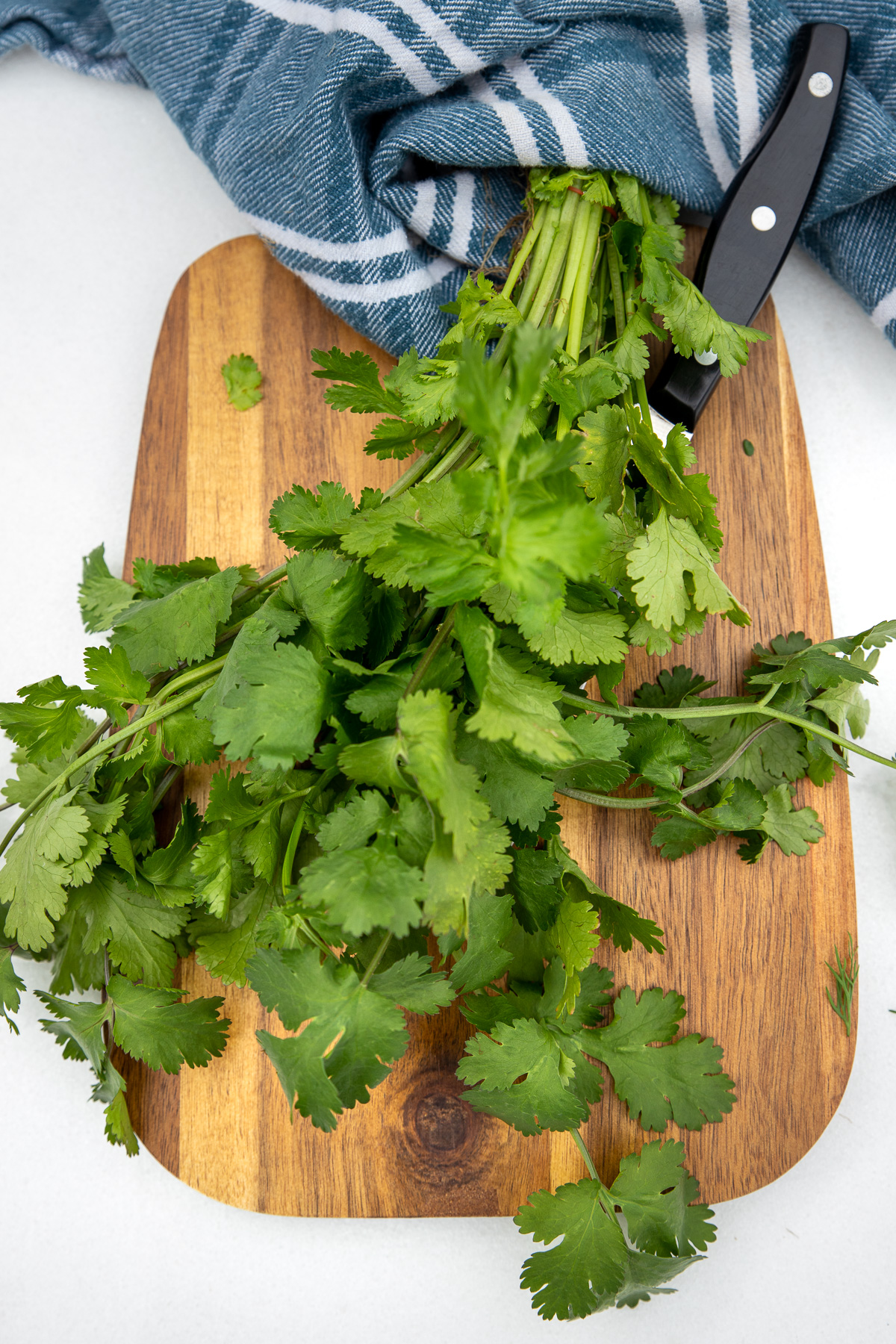
Cilantro is yet another member of the parsley family, although it has a stronger flavor than parsley. Cilantro has a distinct peppery (some say ‘soapy’) taste which many people don’t like at all!
Love it or hate it, cilantro can work really well in dips and salad dressings, so perhaps give it a try if you don’t have any dill. But this is another herb that you should go easy with at first.
As a general rule, use half the amount of cilantro/coriander compared to the amount of dill you would use. You can always add more if you wish!
Chives
Of course, chives taste a lot like a cross between onions and garlic. They add a similar freshness and brightness to dishes as dill when used as a garnish. For this reason they can be a suitable substitute since they have a similar appearance but not the same taste!
Use chives in a 1:1 substitute for dill as a garnish.
Substitutes for dill seeds
As already mentioned, it isn’t a good idea to replace fresh dill with dill seeds as the seeds taste much stronger.
But there are some recipes where dill seeds are called for including breads, vegetable dishes, soups and salad dressings. Of course, they’re also a key ingredient in many pickling recipes.
Don’t have any dill seeds? Here are a few great substitutes!
Fennel seeds
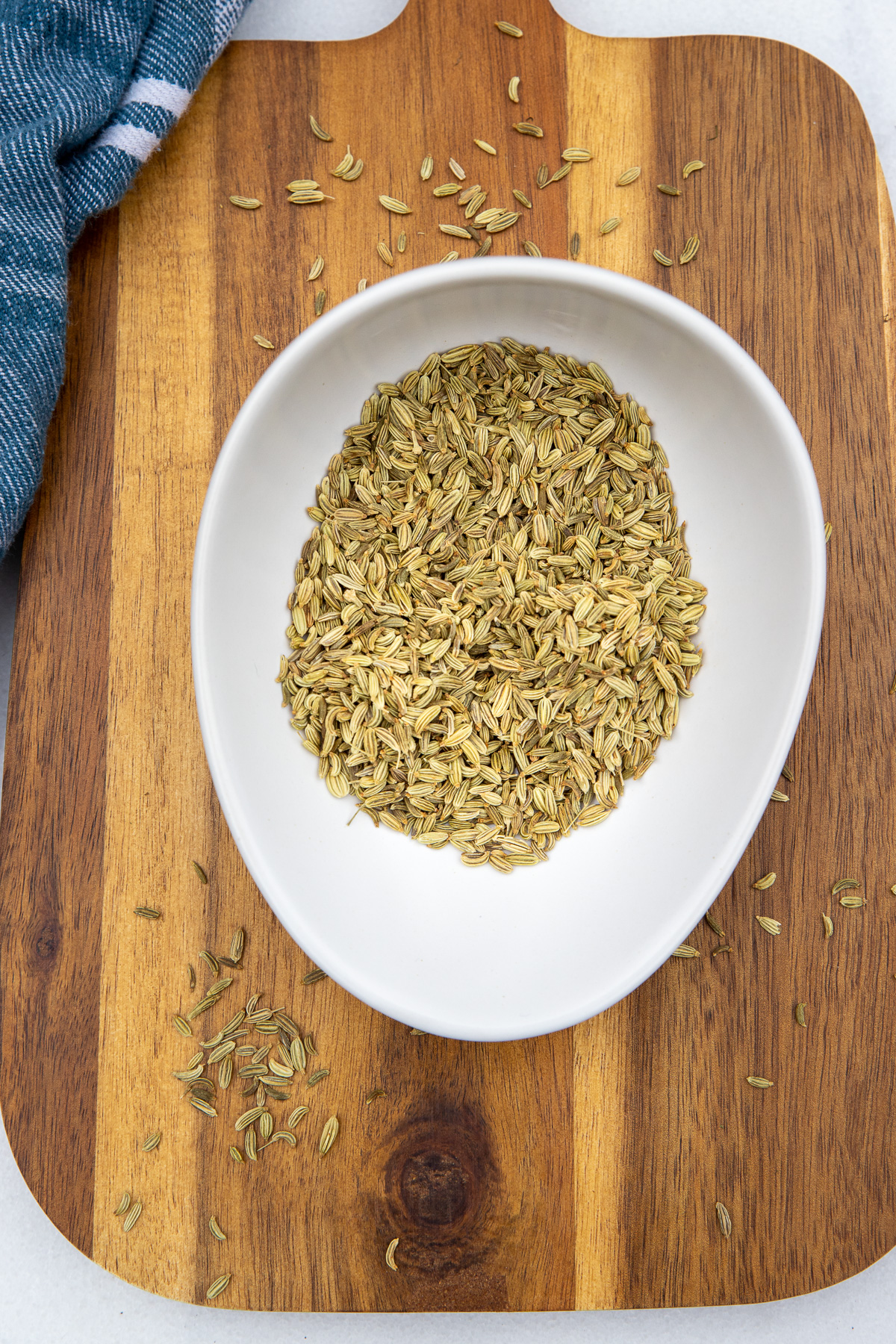
We’ve already talked about fennel fronds and bulbs, but did you know fennel also has seeds?
Fennel seeds are pale green in color. They look a lot like large cumin seeds, but the flavor is completely different. Like fennel fronds, the seeds have a light, slightly sweet taste that’s similar to licorice.
These have a stronger anise taste than dill seeds. So if using them as a substitute, you might like to add a smaller amount than the recipe calls for.
Fun fact: Ground fennel seeds are one of the ingredients in Chinese 5-spice powder!
Star anise
Star anise has to be one of the most attractive spices around with its pretty 8 pointed star shape!
Star anise recipes are common in Chinese and Vietnamese cuisine where it’s used to impart a warm, sweet, aromatic flavour that in some ways is similar to dill. It works really well in soups and stews.
At first, try using just one or two pods of star anise so you don’t overpower your dish.
Anise seeds
Anise seeds have the sweet, intense flavor of black licorice – much stronger than the anise flavor in dill. Use sparingly unless you REALLY love the taste of licorice!
Start with a small pinch of seeds and go from there!
Caraway seeds
The seeds of the caraway plant have been used as a spice for 5,000 years and are widely used in central and eastern European cuisines.
Caraway seeds also have a peppery, anise flavour but they’re a little milder than dill, making them a good replacement.
Use as a 1 to 1 substitute.
Celery seeds
Celery seeds have an earthy flavor that can seem slightly bitter. They are perfect to use as a dry rub for meats and in some salad dishes such as a potato salad or coleslaw.
Use as a 1 to 1 substitute for dill seeds.
Coriander seeds
The small, brown seeds from the coriander plant give a slightly floral and citrussy flavor to dishes. The best way to get the most flavour out of coriander seeds is to dry-fry them first.
If it’s important what the dill seed looks like in the recipe but the taste isn’t as important, consider replacing them with other small seeds with a mild flavor. For example, sesame or poppy seeds.
Substitutes for dill when you don’t like the flavor
I’ve met people who just don’t like the taste of dill with its grassy, licorice-y vibes. It can be a ‘love it or hate it’ kind of food! In this case, just skip it.
But why not add one or more of the flavors below instead? They may not really taste like dill, but they’ll still up the flavor of your dish!
Mint
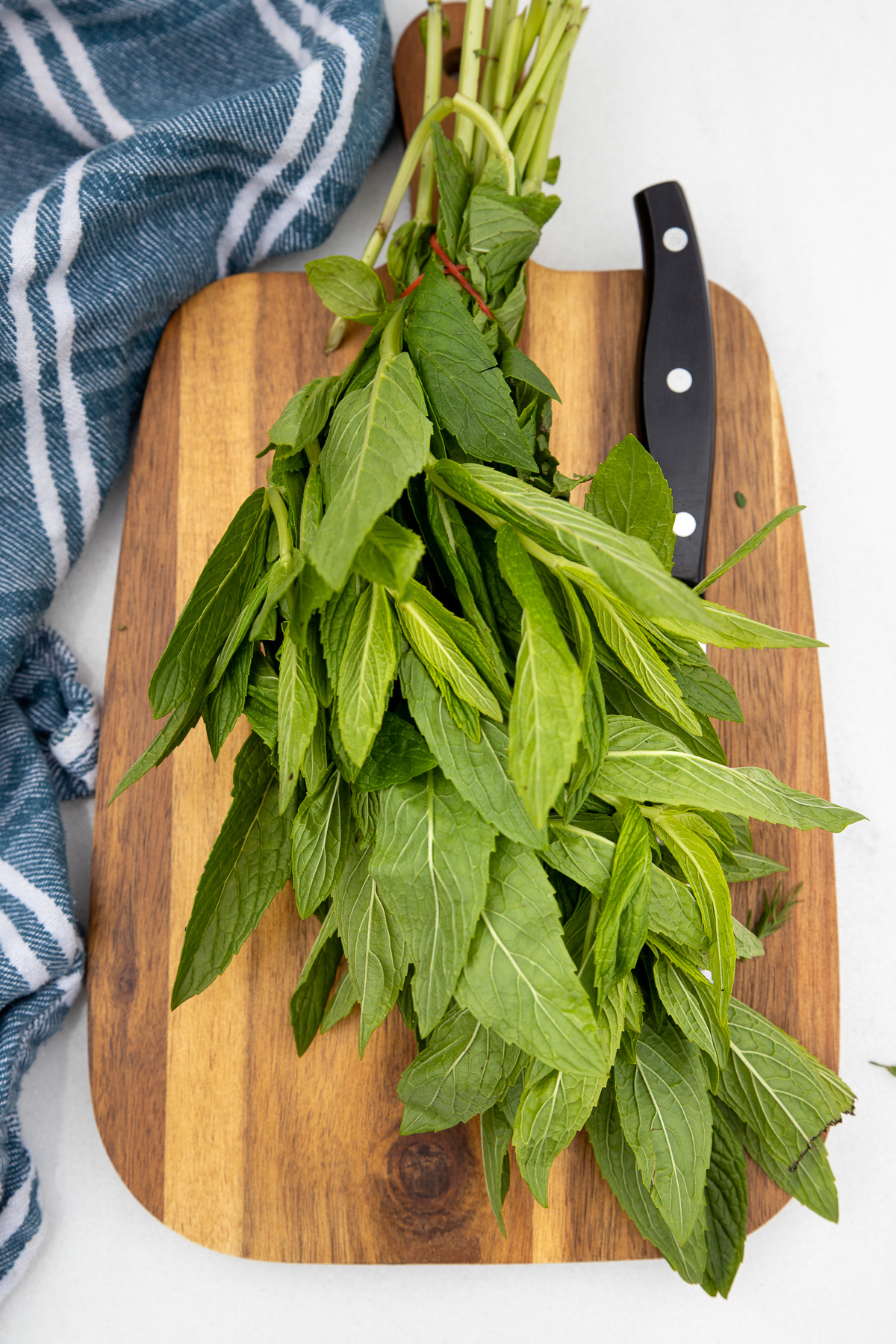
Like dill, you could say mint is a ‘happy’ herb that brings a freshness and brightness to any dish. It has a bold and subtly sweet flavor that goes well with many foods that you’d usually add dill to, especially Mediterranean or Middle Eastern style dishes. You might say dill also has subtle minty undertones.
Try adding finely chopped mint to yogurt sauces, rice and potato dishes. Or use it as a garnish in recipes that call for fresh dill. It also goes well with recipes that include lemon.
The amount you’ll want to use depends on the recipe. It’s best to use a little at first so that the distinct flavor isn’t overpowering.
For a salad, sauce, cooked dish or garnish, you can use it as a 1:1 substitute for dill.
Oregano
Oregano is another common Mediterranean herb that most of us have in our kitchen cupboards already. This makes it a great substitute for dill if you don’t like it.
It’s also one of the most versatile herbs so you can usually ‘safely’ switch it for dill without risking ruining the dish.
Oregano has a very different taste to dill, but its sweet herbal flavor pairs well with many of the same dishes.
This herb can have quite a strong flavor so add just a little at first (say a tablespoon of fresh oregano or a teaspoon of dried) and go from there.
Interested in what substitutes you can use for oregano as well? Check out this list of best oregano substitutes.
Garlic
If you want to add flavor to your dish but don’t have any dill, garlic might be a good option. It’s best to use it in its powdered form when substituting for dill.
Garlic will add a different flavor profile, but it will add some depth to your dish.
How much garlic powder should you add instead of dill? It depends on the dish, but remember that just an eighth of a teaspoon is equivalent to a clove of garlic. Thinking about it that way will help you to decide. It’s always better to go easy at first and add more later if you like.
Onion powder
Onion powder is basically dried onion that’s been ground. It’s much more potent than using dried or fresh onion. So it’s a great way of adding extra flavour to food if you don’t want to add dill.
Onion powder is perfect for when you want to introduce big flavor without extra moisture or texture. It’s perfect for meat rubs, soups, stews and so many other dishes.
Use it in a similar way to garlic powder, mentioned above. Go easy at first and add more if you wish!
Thyme
Thyme is a stongly-flavored herb which belongs to the mint family. Unlike dill, it can keep its flavor when cooked so it’s ideal when baking or roasting dishes. It’s best to add it at the beginning of the cooking process.
Once again, you should be careful not to add too much. Fresh thyme can make a good garnish (add just a sprinkle of the leaves), or you can add a sprig or two into soups, stews, or rubs.
Bay leaves
Bay leaves have a bold, peppery, earthy and almost minty flavor that makes them great for adding to soups, sauces or stews. Their flavor develops best when heated.
Add one or two at the beginning of the cooking process and see if you like the taste better than dill!
Rosemary
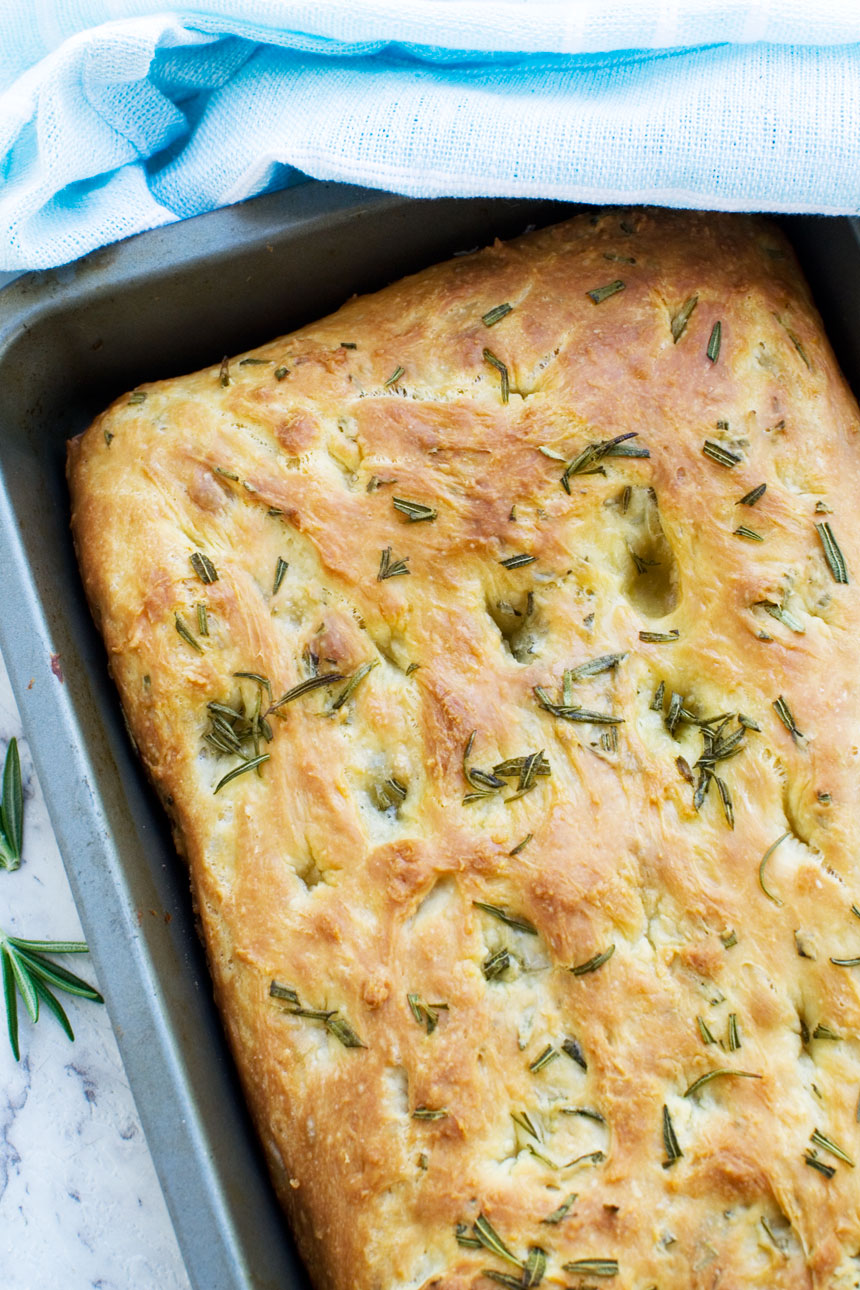
Rosemary is another popular herb that’s often used in French cuisine and for seasoning potatoes, bread and meat dishes. It has more of an earthy, woodsy, peppery flavour and lacks the anise hit that dill provides.
So if you want to add a strong herbal flavor to your dish (that isn’t dill!) then rosemary could be a good choice.
Go very easy when adding rosemary. Start with a tablespoon of chopped fresh rosemary, or half to one teaspoon of dried.
In summary
I hope this has given you some ideas for good substitutes when you don’t have (or don’t want to use!) dill. If you love the taste, choose either fennel or tarragon to keep the distinct licorice or anise flavor of dill in your recipe.
If your recipe calls for dill seeds, the best alternatives are fennel, caraway or anise seeds.
On the other hand, if dill isn’t your favorite flavor, try another herb that’s common in Mediterranean cooking such as thyme or oregano – that doesn’t taste of licorice!
Bear in mind that you won’t exactly match the distinct flavor of dill with something else, but you can get close!
A few great recipes including dill
Here on Scrummy Lane, there are a few dill-icious recipes. I hope you try them!
- My 10 minute Greek tsatziki sauce is super easy to make (so much better than store bought!). Great on chicken gyros, on its own as a dip, or with almost ANY Greek dish.
- This Greek lemon rice with chickpeas is a healthy, economical side dish that is ready in just 20 minutes.
- My famous Greek spinach and feta filo pie is made with just a few ingredients and a very simple but show stopping crust.
- Crispy fish pie has a crushed potato topping and is delicious with chopped fresh dill mixed in with the filling.
- Don’t even think about skipping the fresh parsley and dill in this 30-minute copycat Ikea meatballs recipe!
- You could call these Greek quesadillas with tsatziki Geek-Mex!
- These Greek filo parcels are filled with feta, spinach, sundried tomatoes and, of course, dill. Scrunch up the tops to make the cute little parcels.
Interested in what substitutes you can use for oregano as well? Check out this list of best oregano substitutes.
